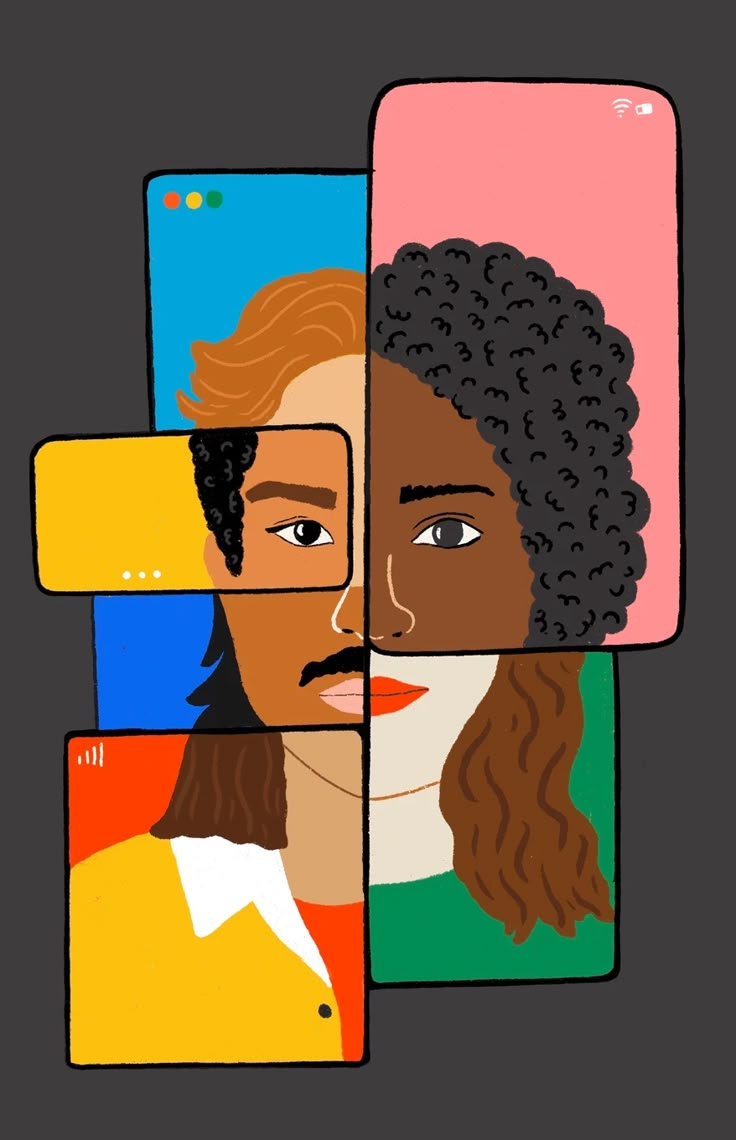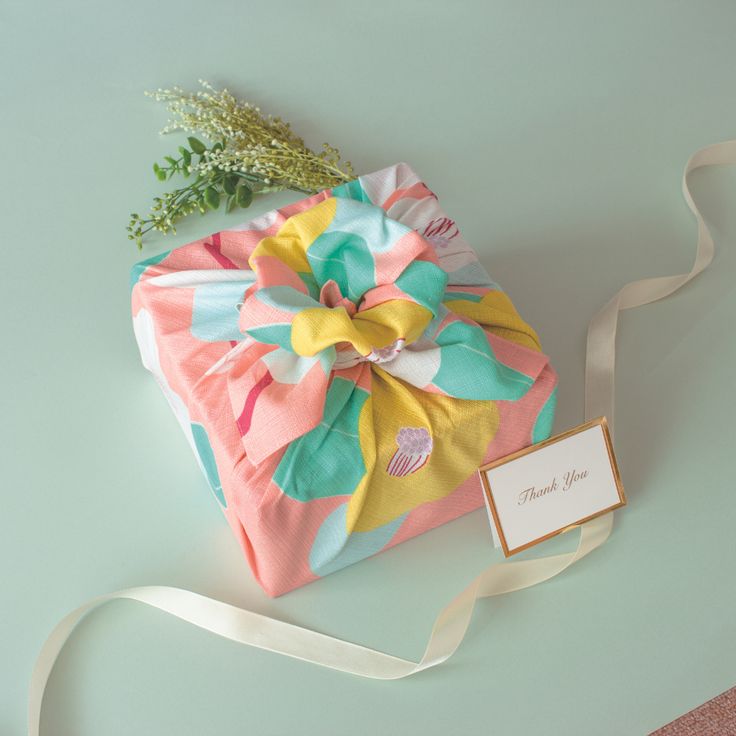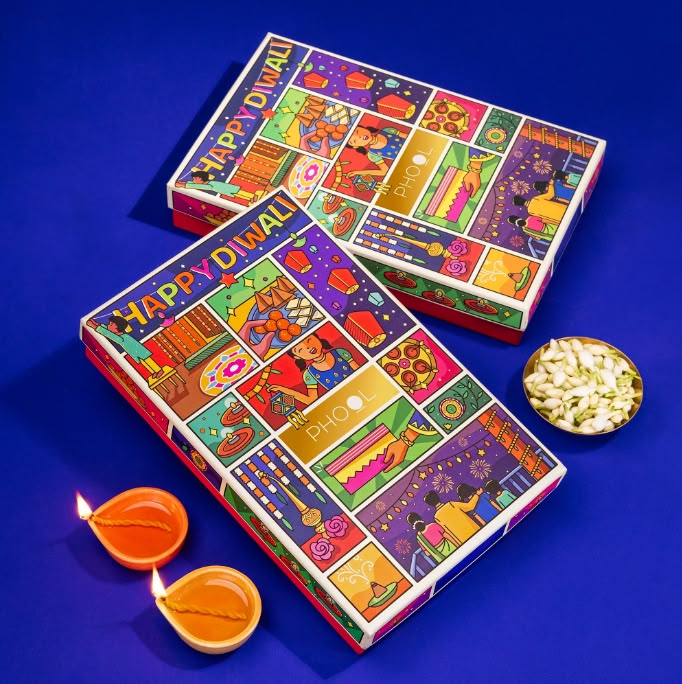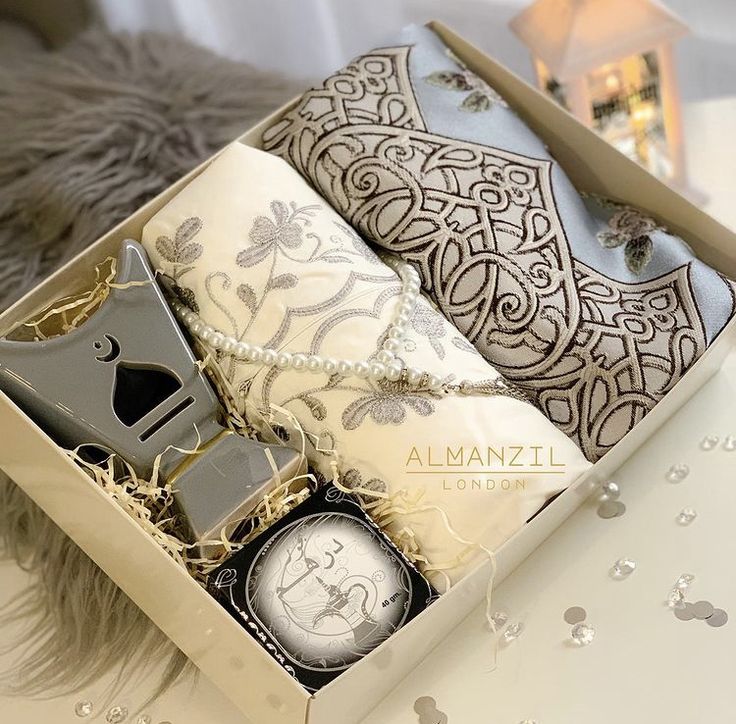How Different Cultures Celebrate Giving and Receiving Gifts

Gift-giving is a universal language of love, appreciation, and connection. In all regions of the world, there are unique traditions and customs in giving and receiving gifts. These customs typically reflect more profound values, beliefs, and social norms.
Gift-giving is a universal language of love, appreciation, and connection. In all regions of the world, there are unique traditions and customs in giving and receiving gifts. These customs typically reflect more profound values, beliefs, and social norms. Whether as an expression of thankfulness, as a symbol of respect, or as a celebration, gifts are extremely significant in creating relationships and strengthening bonds.
In this blog, we’ll explore how different cultures celebrate the art of giving and receiving gifts, offering a fascinating glimpse into the diversity of human traditions.
1. Japan: The Art of Thoughtful Gifting (Omiyage and Temiyage)
Gift-giving in Japan is rooted in respect and etiquette. Omiyage and temiyage are two common practices. Omiyage are souvenirs brought back from travels, typically well-packaged and shared among coworkers, friends, or relatives. Temiyage are gifts given to express gratitude or apology, typically during official visits.

Gifts in Japan are often beautifully wrapped, because the presentation itself is seen as an integral aspect of the gift alongside the gift. It is also customary to downplay the value of the gift when given, exuding humility and foresight rather than extravagance.
2. India: Gift-giving as an Act of Blessings (Shagun and Dakshina)
Gifts in India are generally linked with religious and cultural rituals. In the event of festivals like Diwali or weddings, gifting shagun—a good luck token—is the norm. This can be money, sweets, or symbolic items like coconuts or turmeric.
Another tradition is dakshina, a gift or offering to teachers, elders, or priests as a gesture of respect and gratitude. Gift-giving in Indian culture is seen as a way of exchanging blessings and good vibes.

3. China: Red Envelopes and Symbolic Gifts (Hongbao)
Red envelope or hongbao is a traditional gift-giving symbol in Chinese culture. They are envelopes filled with money given on special occasions like Chinese New Year, wedding, or birthday. The red color represents prosperity and good luck, and thus it is a good luck gift.
When offering presents in China, avoid giving items that are perceived as unlucky, such as clocks (symbolizing death) or knives (symbolizing cutting off). Instead, presents such as tea, fruit, or wine are viewed as thoughtful and appropriate.
4. Middle Eastern Cultures: Generosity and Hospitality
Giving gifts in most Middle Eastern cultures is a gesture of generosity and hospitality. To take a gift when one visits someone's home, e.g., sweets, pastry, or fine chocolates, is usual. A gift is typically given with the right hand or both hands, showing respect.

In Islamic societies, gift-giving is encouraged as a way to establish relationships and be benevolent. On the occasion of Eid al-Fitr, which celebrates the completion of Ramadan, people give gifts to each other and contribute to charities.
5. Native American Cultures: Gifting as a Sacred Act
To many Native American societies, giving gifts is a ritualistic behavior deeply linked to religion and community. The potlatch ceremony, practiced among the Pacific Northwest Indians, is the prime example. During a potlatch, hosts dispense wealth items like blankets, foodstuffs, or handcrafted items with the aim of displaying wealth, status, and generosity.
Gifts are also given during ceremonies, weddings, and healing ceremonies, all symbolizing unity, respect, and reciprocity.
6. Western Cultures: Occasion-Based and Personalized Gifting
Gifting in Western society is occasion-based, i.e., relating to a particular occasion like a birthday, holiday, or anniversary. Personalization becomes prominent, with much focus on choosing gifts in relation to the interests and inclinations of the receiver.

During Christmas, for example, gifts are presented as a symbol of love and celebration and are typically placed under a Christmas tree. "Regifting" is done in some parts of the United States, though it is typically executed sensitively so the original giver is not offended.
7. African Cultures: Community-Oriented Gifting Gifting in the majority of African cultures is a communal practice that unites people. For example, in South Africa, presenting functional gifts like household items or apparel is not rare at weddings or celebrations.
Handicrafts or livestock are employed as gifts in some cultures in order to symbolize wealth and craftsmanship. Gift-giving is accompanied by narration, singing, and dancing and hence becomes a lively and festive activity.
8. Latin American Cultures: Personalized Gifts Latin American gifts are warm and personalized. In Mexico, for instance, gifts are given during the posadas, the pre-Christmas festivities until Christmas Eve. Small gift items like candies, fruits, or homemade items are popular options.

In Brazil, gift-giving is a feature of amigo secreto (secret Santa) parties, where groups of friends and family members select names and exchange thoughtful gifts. Handwritten letters or homemade items are highly valued.
The Universal Language of Giving
Though the customs and practices of gift-giving are as varied as they are, the emotion is one: to unite, to show appreciation, to delight. Whether tastefully wrapped present, symbolic act, or simple act of generosity, gifts can cross cultural boundaries and join us together.
The next time you are doing gift exchanges, be sure to look back and honor the rich cultural history behind this timeless practice. For in the end, the true worth of a gift is not in the price tag, but in the love and consideration that goes into it.